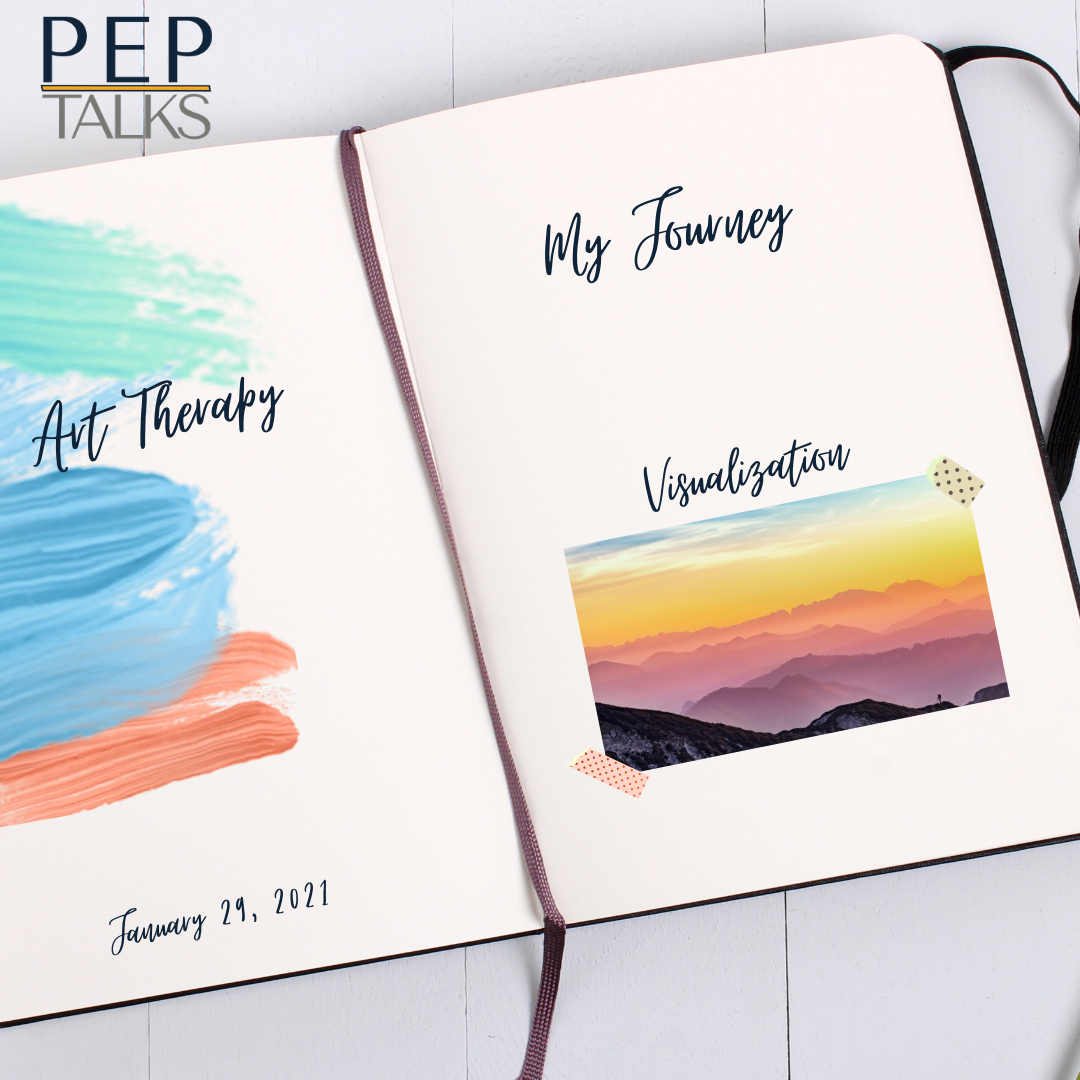Harness the Power of Art Therapy and Visualization to Channel Feelings
January 29, 2021
As our patients move through their restoration, they frequently tell me, “I thought I was doing so well, and then last week I fell apart.” When I ask what they mean by “fell apart,” most women share that they were tearful or feeling particularly down.
These patients feel the weight of the unrealistic expectation that our moods should be consistent and even at all times, and that allowing the appropriate expression of grief over their diagnosis is a type of regression or weakness. It’s a popular sentiment that could not be more wrong. The reality is quite the opposite: it is important to process these feelings in order to move forward. Just like old-fashioned pressure cookers needed to have their valves manually loosened lest they’d explode, we too need to release and express ourselves.
As the COVID-19 pandemic endures, we all need to find ways to channel our grief and frustration so that we can safely press on. Read on for some clinically tested techniques to express, evaluate, and reframe your emotions.
Add art therapy to your routine.
Art therapy is a creative process that facilitates expression. It can provide insights and alternate ways of seeing issues. It can also help you develop and manage your behaviors and feelings, reduce stress, and improve self-esteem, awareness, and overall well-being.
Start with an art therapy journal. Purchase a bound, blank notebook or Japanese accordion sketchbook. Begin documenting your daily mood. You do not need any artistic skill; simply commit to entering something every day. It can be a line, a squiggle, a word or words, a drawing, a magazine clipping, a photo—get creative. Be sure to date each entry as you capture your mood without judgement (or regard for grammar).
This is your journal. It gives you license to include and create anything you want. It can serve to capture your progress as you move through your physical and emotional restoration. These entries provide a concrete record of your progress. Look back on them whenever you feel particularly challenged. They can be very helpful in adjusting how you see yourself at the moment.
Harness the power of visualization.
Visualization is an extremely effective tool to bridge the gap between the way we see ourselves and the way we would like to be.
Start with gentle, deep, cleansing breathing. In your mind, visualize any situation. Start with breathing in through your nose to the count of five, holding one, and exhaling through your mouth to the count of five creating balance of breath. Picture the way you would like to see yourself respond. Let a filmstrip play in your mind, frame by frame. Be aware of how you feel and how others in the scene respond as you behave exactly as you always wished you would. Practice this, consistently, for two weeks. Then, select one of the desired behaviors that played in your mind, and implement it in real life. It will feel awkward, artificial, and maybe even a little silly, but repetition can replace unsatisfactory perceptions of yourself and insert new behaviors.
We may not be able to stop negative thoughts, but we can take actions that diffuse their intensity and positively reframe them. Reframing is not intended to minimize or dismiss a feeling’s validity. The goal is to quiet the mind, quell anxiety, and modify how we see ourselves and the challenges we face.
Remember to treat yourself with the same kindness you would offer someone else. Self-care is not self-indulgence. Read the NY
Times WELL CHALLENGE – Day 4 (6 Jan 2021) as a reinforcement. Celebrate your resilience.
2021: A Blank Canvas
A New Year can mark a new beginning, a time to creatively fill in the ‘tabula rasa,’—blank slate—of fresh opportunities. It’s an exciting moment, but…
